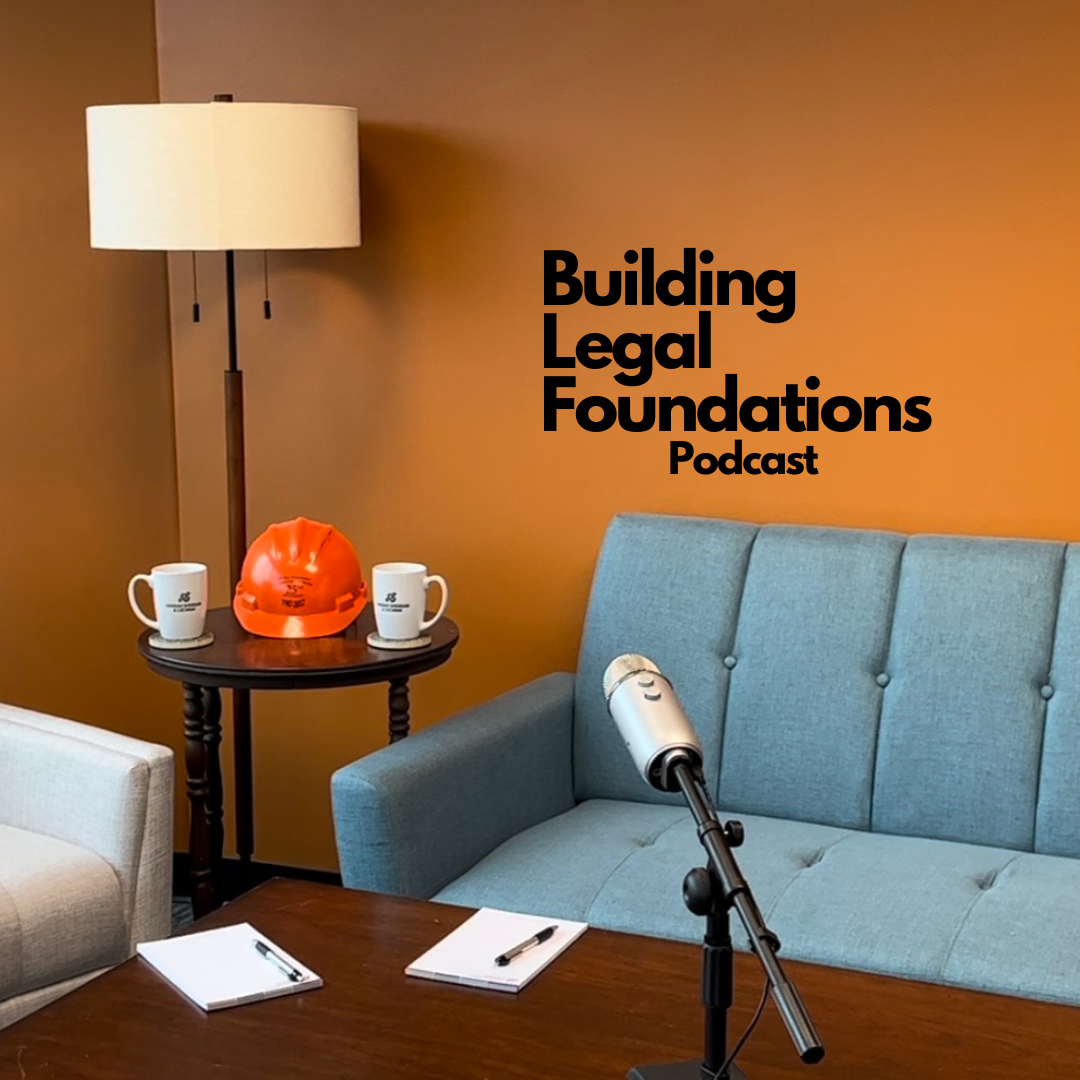Hannah Sheridan & Cochran's own podcast, previously available via Spotify, is now available to listen…
LITTLE MILLER ACT: PAYMENT BOND CLAIMS IN NORTH CAROLINA
Projects funded by North Carolinians’ tax dollars are not subject to mechanic’s liens, so the legislature long ago crafted legislation known as “the Little Miller Act.” Modeled on a federal act known as “the Miller Act” (or “Big Miller”), the legislation requires contractors on large public projects to acquire performance and payment bonds to stand in place of the liens. The North Carolina Constitution requires that the legislature enact legislation providing an “adequate lien” for those who improve the real property of another. In 2012, the North Carolina General Assembly revised Chapter 44A-25, et seq. which deals with performance and payment bonds.
The payment bond exists for the sole purpose of protecting persons (entities) furnishing materials or performing labor on a public project. The easiest way to identify a “public project” is to examine the funding source. If tax dollars are funding the project, then it is almost assuredly subject to the Miller Act. If those dollars are federal dollars, then the Big Miller applies. If those dollars were generated by state or local taxes, then the Little Miller Act governs.
The most critical distinctions between the two involve time and coverage. For a federal claim (think Post Office, Federal Courthouse, or military base), and if you are a second-tier subcontractor or supplier, you have 90-days from your date of last performance in which to serve your notice that you are making a claim on the contractor’s payment bond. Note the limitation to the second tier – third tier subcontractors and suppliers are not able to assert bond claims on federal projects. This is the second distinction.
In North Carolina, the lien and bond laws match in terms of time-frame and coverage. If you are a second or third-tier subcontractor or supplier, then you have 120-days from your date of last performance to get your notice into the hands of the contractor. These rules apply to any project with a total initial contract balance of $300,000.00 or more. Smaller projects are not covered by either bond or lien rights, so beware.
To better explain, a “contractor” is any entity which contracts directly with the owner. The first-tier subcontractor contracts with a “contractor”. And, the second-tier contracts with the first. Traditionally, this chain would be a general contractor hires the electrical subcontractor (first tier), which hires a minority contractor (second tier), which buys materials from a supplier (third tier). But, it also can be an electrical prime (contractor) which contracts with the owner, then hires a minority subcontractor (first tier), which orders specially designed material from a supplier (second tier) which places the special order with a manufacturer (third tier).
To assert a payment bond claim, a letter must be sent by certified mail or some other means by which delivery can be confirmed (overnight delivery, signature required, Sheriff). The letter must contain the key phrase that it is “a demand upon your bond.” It needs to clearly identify the project, the owner, and the contractor. If you have a copy of the bond, it is good to serve this on the surety as well, but that is not a statutory requirement.
Note that first tier subcontractors are not required to assert the demand since it is presumed that a contractor knows the parties with which it has directly contracted and whether or not those parties have been paid. Any level of party making demand upon a bond has one year from the date of last performance to file the lawsuit to perfect its claim. Those parties may not file the Complaint before 90-days after their last performance, so there is a window of opportunity in which to act. There is a bail-out provision tied to close-out on the project, but we prefer to ignore that as it is entirely too easy to mess up if you rely upon that provision. The one year deadline is much clearer and more reliable.
If you perform public work, pay attention to the laws governing bond claims.


